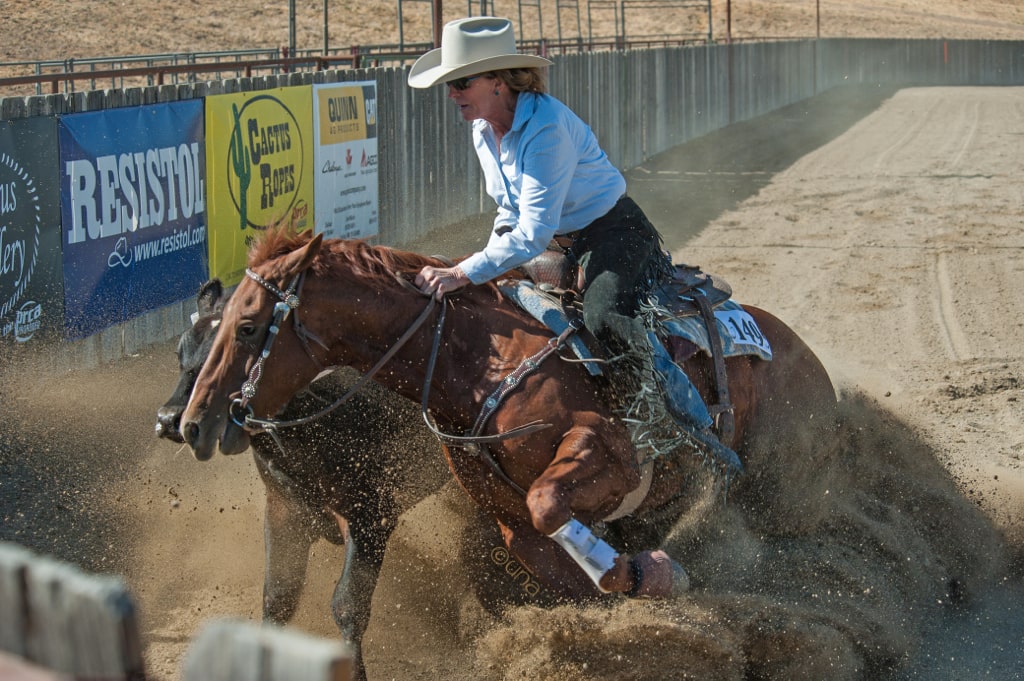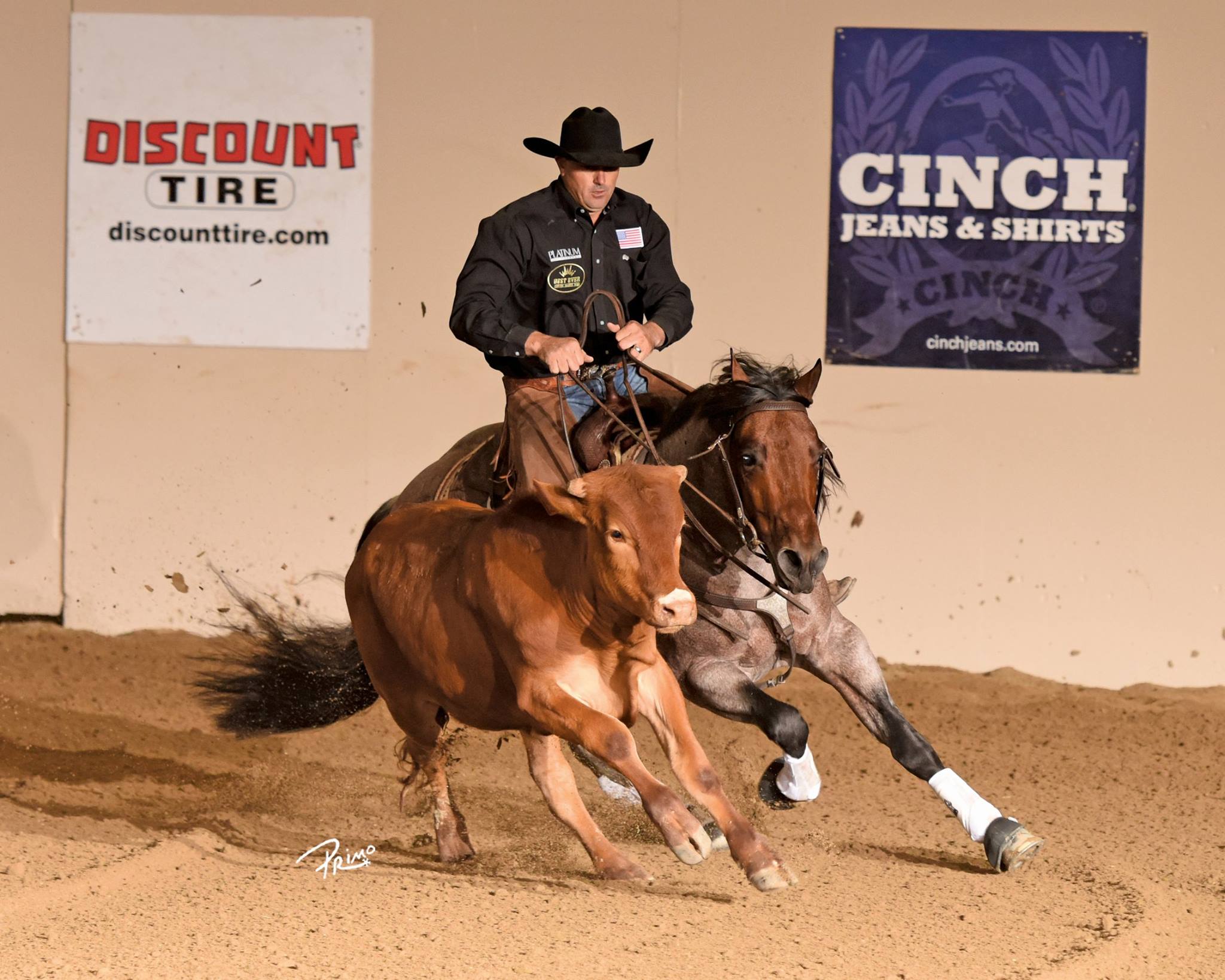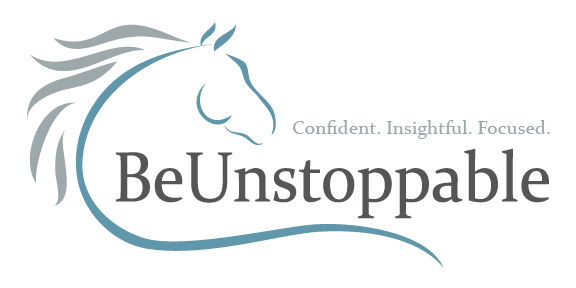Position and Control
I think most judges would agree that this is the most important element of the fence work. We can all forgive a little loss of eye appeal, or some other minor toe stub, if you maintain excellent position and control. That means there is never any significant separation between the horse and the cow. In other words, you could rope the cow easily at any time during the run. In this high-speed event, control is crucial, so no one gets hurt. What it really means is every second, you’re dictating to the cow, where it’s going to go and where you’re going to turn it. And, you have total control of your horse, and are able to maintain position on the cow to execute this. Anytime there is “separation” from the cow (ie distance), it should be reflected negatively in this box. If it is a full-fledged “loss of working advantage”, the penalty (an “A” 1 point loss of working advantage) will go in the box above the part of the run where it occurred. Or, if it is a general lack of control, you might have a minus in the position and control box.
Degree of Difficulty
Degree of difficulty can refer to the cow’s extreme speed, or recalcitrance. If your cow isn’t a challenging one, it’s impossible to have a stratospheric run. The general rule for a new cow is “can the rider mark at least a 70 on the beast?” But, no matter how difficult your cow is, you won’t receive any credit if you don’t get the job done. And likewise, the more difficult, and the better you do, the more credit you will receive in that box.
Eye Appeal
The “eye appeal” box is used for negative marks to take a rude horse’s score down and show why. On a really good run, it can be the box used to get it up to a great score. Everything else being equal, the horse who goes wherever he’s pointed, with no resistance (mouth shut, head where it belongs), and handles a cow with a high degree of difficulty, will always be the winner. He will look the best, while appearing to do the least, and make it look effortless to control the most challenging bovines. He’ll give you goosebumps, and make you wish you could steal a ride on him!
Any of these boxes can be ++ or = (double plussed or double minused). If I find myself saying “OMG, how could that horse go any faster and exhibit any more control”, I might be thinking ++ on position and control or degree of difficulty. Likewise, if a horse spits the bit several times, I’m probably going to be a = the eye appeal box.



I don’t think the title of your article matches the content lol. Just kidding, mainly because I had some doubts after reading the article.
Thanks for sharing. I read many of your blog posts, cool, your blog is very good.
Your article helped me a lot, is there any more related content? Thanks!
Hi, just catching up and trying to be patient while healing.
We discussed this video, at the retreat,but I
never got a chance to pin it down and find it.
This was PERFECT TIMING.
Loved this article and now understand why this video was known by everyone but me in our boardroom discussion!
I loved reading this article. Kudos to you Sandy on it being so well written, concise and understandable. It is too bad that the new people and the young people in the sport do not get to read this and watch this fabulous video! It would make their experience watching the events so much more enjoyable because they would better understand what the goals really are. This evening, at this Derby, was truly a highlight of master horsemanship. The energy and spirit of the RCH supporters was so high it was an amazing experience to be there in person. Thank… Read more »
Great article, the video left me speechless ♥️